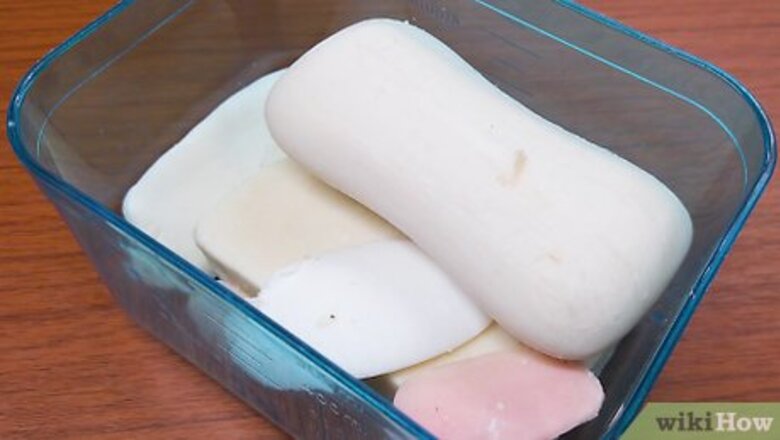
views
Making Basic Liquid Soap
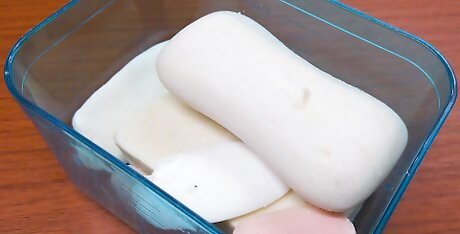
Gather 8 to 10 ounces (226.8 to 283.5 grams) of soap. It is best to use un-scented soap; this way, you can add your own fragrance to it. If you want to use fragranced soap, make sure that all scraps have the same smell, otherwise you might end up with an unfortunate-smelling combination. If you really want to combine different scents, make sure that they go well together, such as lemon and lavender. Avoid using soap with added moisturizer. This tends to make it harder to set up.
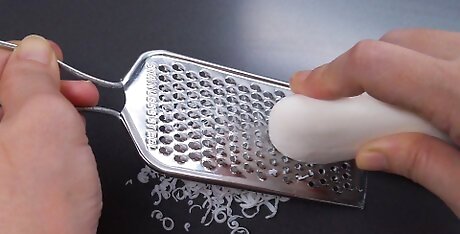
Grate the soap into small flakes. How you do this is up to you. If you don't mind putting in a little bit of elbow grease, you can use a cheese grater. You can also use a blender or food processor; break the soap up into smaller pieces first, however.
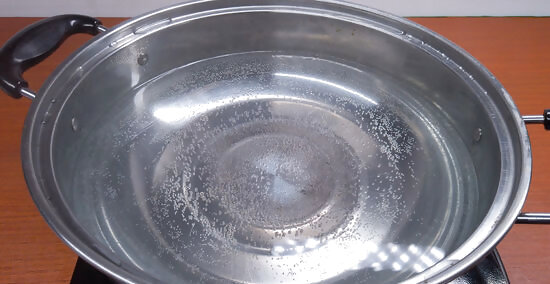
Heat 1 gallon (3.8 liters) of water on a stove. Pour the water into a large pot first. Place the pot on the stove, then heat it up over medium to high heat until it just starts to boil. It's best to use distilled water. If you are using filtered water, bring it to a full boil first, then let it cool down until it is just hot.
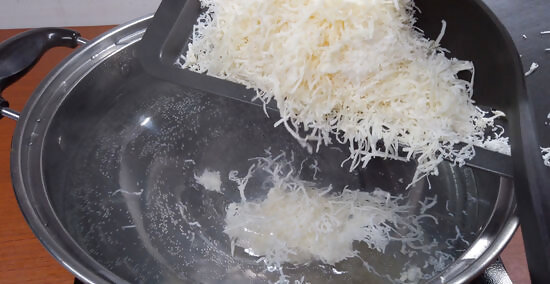
Stir the soap into the water. Keep stirring it until the soap dissolves. How long this takes depends how big the flakes are. The smaller the flakes, the faster they will dissolve.
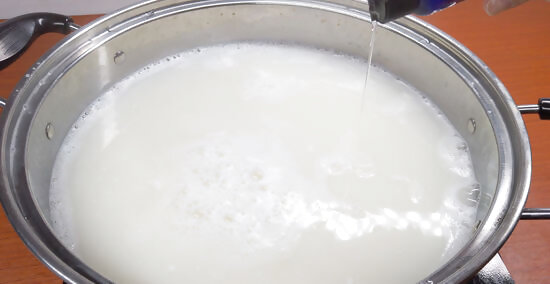
Add some glycerin if you're not using castile or handmade soap. Castile and handmade cold/hot-processed soaps naturally contain glycerin. Regular, store-bought soap does not. If you are using regular soap, add 2 tablespoons (30 milliliters) of glycerin and give the soap water a stir.
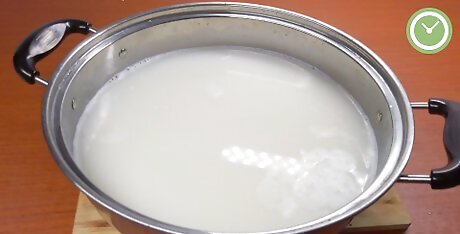
Let the soap water sit off-heat for 12 to 24 hours. During this time, the soap water will thicken. If possible, give the soap water a stir every so often. Don't be alarmed if the soap starts to cloud up after a couple of hours. This is normal.
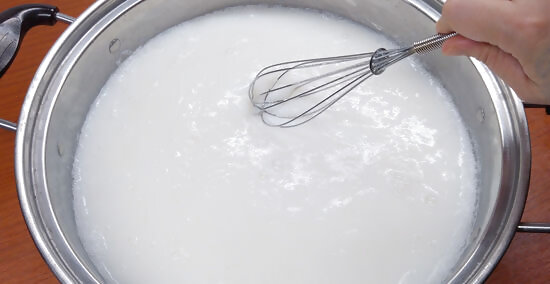
Whisk the soap the next morning, if needed. Chances are, the soap will have thickened during those 12 to 24 hours. A simple stir with a whisk, immersion blender, or stand mixer will do the trick. You only need to mix the soap for a few seconds—just long enough to get it loose again. If the soap is too firm, add more water, then blend it again.
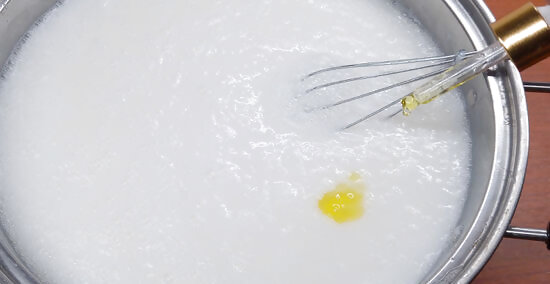
Stir in any desired essential oils or extracts. Start with a few drops, then add more if needed. Peppermint, lavender, and rosemary are all great options. Keep in mind that essential oil is much more concentrated than extract, so you'll have to use a lot less of it. If your soap was already fragranced to begin with, you may want to skip this step.
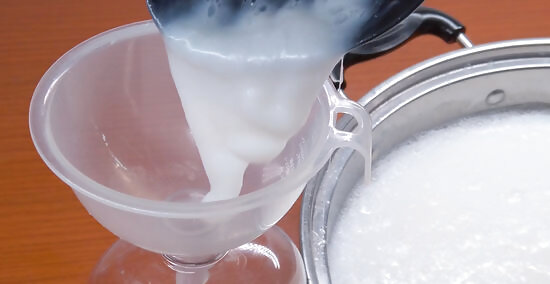
Pour the soap into soap dispensers. Stick a funnel down the neck of your soap dispenser first, then pour the liquid soap in. If you have any leftover soap, you can pour it into large jugs to use for later. Try to use glass if you can; if you can't find any, use high-quality plastic.
Making Fancy Liquid Soap
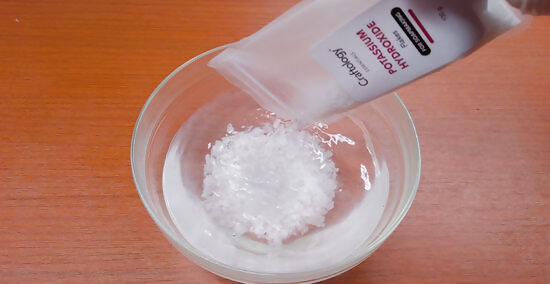
Add the potassium hydroxide to the water. Fill a glass container with 27 ounces (798.7 milliliters) of water, preferably distilled. Add 9.11 ounces (258.3 grams) of potassium hydroxide—it will hiss and fizz! Potassium hydroxide is caustic. Work in a well-ventilated area, and wear safety goggles and protective gloves.
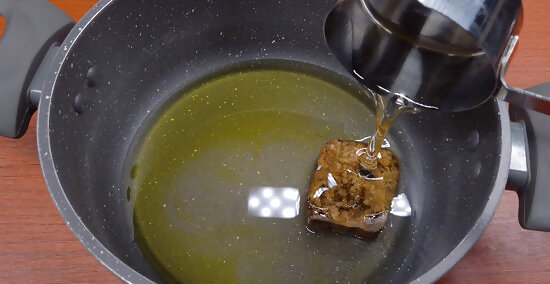
Place the soap and all of the oils into a crock pot. You will need 2 ounces (56.7 grams) of African black soap. You will also need: 10 ounces (295.8 milliliters) of coconut oil, 10 ounces (295.8 milliliters) of olive oil, 8 ounces (236.6 milliliters) of avocado oil, 8 ounces (236.6 milliliters) of safflower oil, and 6 ounces (177.5 milliliters) of castor oil.
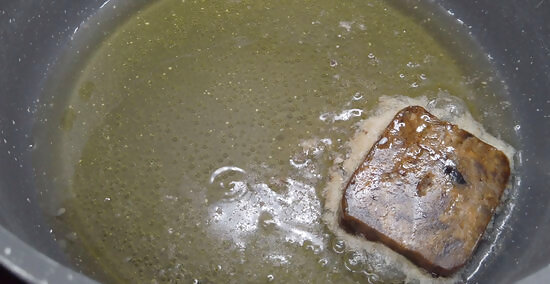
Heat the oils until they melt, then blend everything together. Turn the heat up on the crock pot to medium, and let the oil melt. The African black soap will not melt. Once the oils are blended, mix everything together with an immersion stick blender.
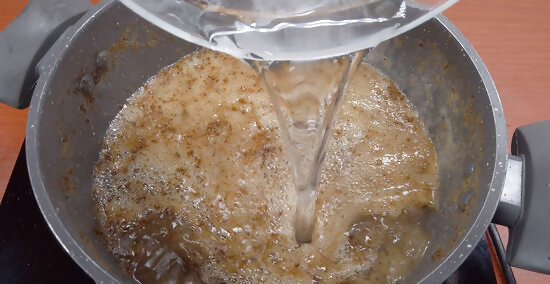
Add in the potassium hydroxide solution, and blend some more. Carefully pour the potassium hydroxide solution into the crock pot. Blend everything together with the stick blender until you get a thick trace. Keep blending until the solution is smooth.
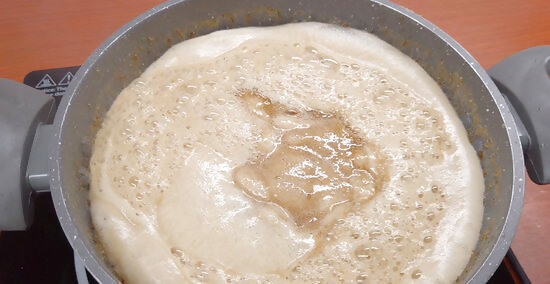
Allow it to cook over medium until most of the soap is gone. As the solution cooks, the African black soap will dissolve and float to the top. The solution may separate during this time. If this happens, simply blend it until it is smooth again.
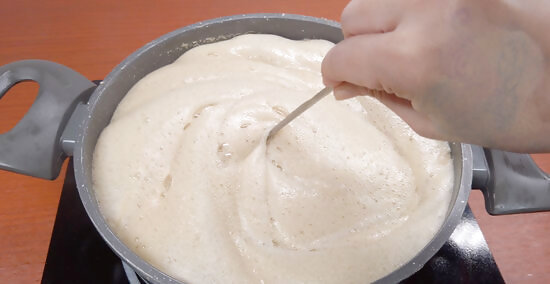
Finish cooking the soap. It will take about 1 hour and 15 minutes for it to finish cooking. Give it a stir after the first 45 minutes, then another stir after 15 minutes.
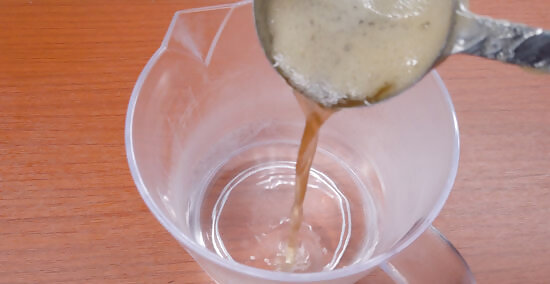
Test the soap for clarity and doneness. Scoop out a small amount of soap using a spoon. Place it into a cup of hot water and let it dissolve. If the soap is clear, it's ready. If it is not clear, you need to cool it longer.
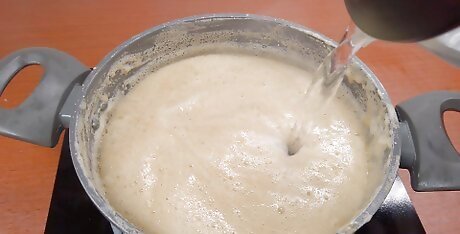
Dilute the soap with hot, boiled water. Boil about 40 ounces (1.19 liters) of water; this will purify the water and prevent it from cracking the pot. Pour the water into the pot, and give it a good stir.
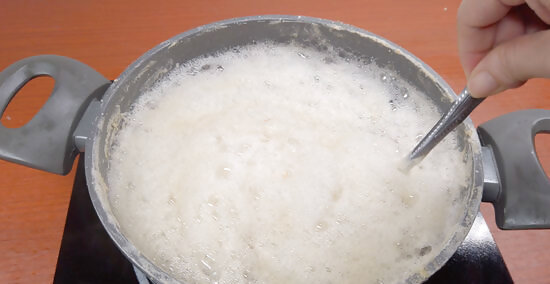
Cook the soap over a low/warm setting for 2 to 3 hours, then add more water. Stir the soap occasionally while it is heating. Add 20 ounces (591.5 milliliters) of more hot, boiled water, and give it a stir. Let the soap warm for another 2 to 3 hours, then add the final 20 ounces (591.5 milliliters) of hot water.
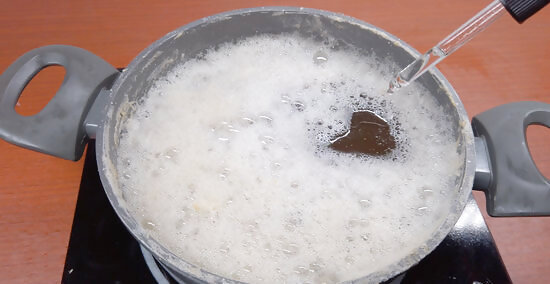
Add some essential oil, if desired. Plan on adding about 2% of the soap's total volume. Keep in mind that some types of essential oils, such as lavender, will cause the soap to become thicker. Other types, such as lemon, will cause it to become thinner. You will have to use a soap-making calculator to figure out precisely the amount of essential oil you should use.
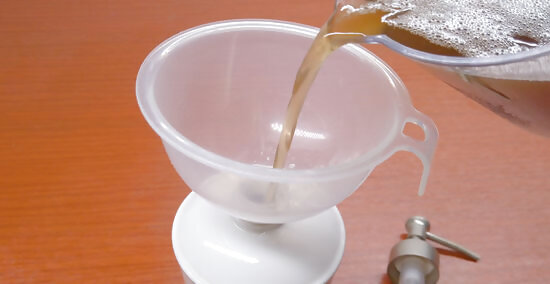
Pour the soap through a funnel into a soap dispenser. African black soap may have some sediments. If this bothers you, tuck a sheet of muslin into the funnel first; this will strain the soap.



















Comments
0 comment